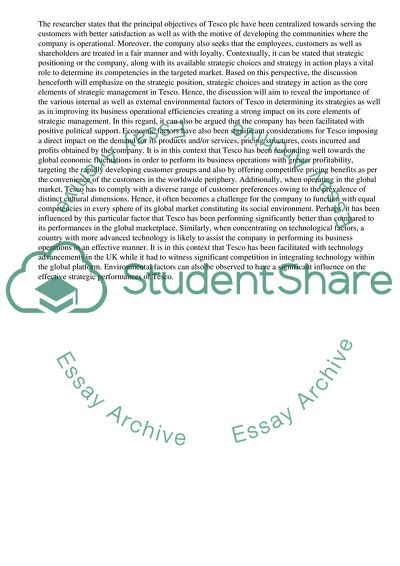Cite this document
(“The Importance of the Various Internal As Well As External Essay - 4”, n.d.)
Retrieved from https://studentshare.org/management/1470655-strategic-management
Retrieved from https://studentshare.org/management/1470655-strategic-management
(The Importance of the Various Internal As Well As External Essay - 4)
https://studentshare.org/management/1470655-strategic-management.
https://studentshare.org/management/1470655-strategic-management.
“The Importance of the Various Internal As Well As External Essay - 4”, n.d. https://studentshare.org/management/1470655-strategic-management.


